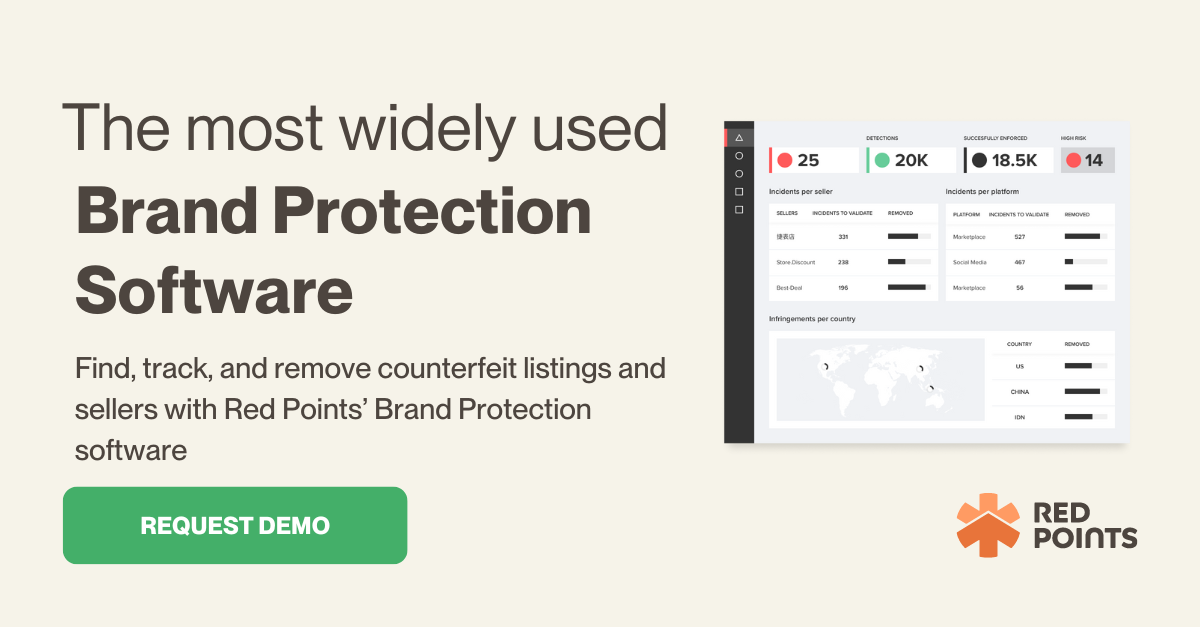
Table of Contents:
Last updated on: June 30, 2022
Trade secrets, or confidential information of significant commercial value that form part of a company’s intellectual property, are an integral part of business operations. In fact, not only do businesses derive income from these trade secrets, but they also are able to maintain their competitive edge among similar enterprises in the market by maintaining the confidentiality of these trade secrets.
However, despite proactively keeping trade secrets confidential, many businesses are still being targeted for trade secret infringement. Worse is that oftentimes, trade secret violations are committed by insiders themselves–those who have access to such confidential information as a result of their position or role within the company.
Understanding what constitutes a trade secret violation and how to effectively prevent it is crucial in protecting your brand identity, business pursuits, and the interests of your consumers and the market as a whole. Thus, in today’s article, we will explore what trade secret infringement or violation is, what are some examples of trade secret violation, how to file a trade secret violation claim, and how else trade secret violation can be prevented by business owners.
A trade secret violation, or infringement, is the misappropriation of an entity’s intellectual property classified as a trade secret in accordance with intellectual property laws. It occurs when a person, without consent or authority, commits any of the following:
To further illustrate the enumerated acts above, some specific examples of trade secret violations are:
An example of a trade secret violation that became an actual case before the court is Ford Motor Company v. Robert Lane. Decided in 1999, this case involved a student, Lane, who published on a website, photographs of Ford automobiles, blueprints, and other sensitive documents containing Ford’s manufacturing operations and products, some of which had not yet been launched in the market. This urged Ford Motor Company to file a trade secret suit against Lane, particularly an injunctive relief enjoining Lane from disclosing Ford’s trade secrets. The case, however, was decided in favor of Lane, pursuant to the First Amendment as applied.
A more recent case is Appian Corporation v. Pegasystems, Inc. Here, Pegasystems hired Youyong Zou, a former developer for Appian Corporation. By reason of such employment and in exchange for payment, Zou provided Pegasystems information and documents regarding Appian’s confidential software, despite being barred by Appian pursuant to a non-disclosure agreement executed by the parties. The recent decision, promulgated in May 2022, found that Pegasystems engaged in willful and malicious trade secret misappropriation and thus ordered it to pay damages.
If a business owner believes that someone has misappropriated his trade secret, they may file a claim with the courts for the following:
In order for a trade secret violation lawsuit to prosper, the trade secret owner must show that the confidential information is, in fact, a trade secret. This means that the confidential information should have a commercial value or provide a competitive advantage to the trade secret owner and that the information is actually maintained in secrecy. Further, it would also strengthen the case of the trade secret owner if he is able to show that there was improper acquisition or disclosure, as the case may be, on the part of the defendant.
Going to the courts to enforce your intellectual property rights, particularly your right to trade secret protection, is a common recourse, but it is acknowledged that doing so can be costly and time-consuming. Definitely, seeking judicial relief means having to spend your resources on legal representation, litigation time, and more.
Out-of-court remedies are available to business owners in order to prevent trade secret violations. One example is using a multi-level brand protection guide, which operates as a handbook for business owners in the event of profit loss, and damaged brand reputation, among other issues arising from intellectual property infringement, including trade secret violations.
Trade secrets are certain confidential information that forms part of a company’s intellectual property. With respect to intellectual property protection, the concept of a trade secret is deemed as the holder’s intellectual property right on such confidential information.
All trade secrets are confidential information, but not all confidential information may be considered a trade secret as contemplated in intellectual property laws. In particular, to qualify as a trade secret, the following requisites must concur:
Generally speaking, any confidential information that is, or potentially is, commercially valuable can be considered a trade secret. It could be a formula, design, business method or technique, manufacturing process, research data, software algorithms, marketing strategies, or other similar information that has a commercial and significant value resulting from its secrecy. To put it another way, a trade secret is commercially valuable because it is kept a secret by the business–the trade secret holder.
To illustrate, some real-world examples of popular trade secrets are:
In the US, trade secret theft is punishable as a federal crime, pursuant to the Economic Espionage Act (EEA). Under the EEA, trade secret violation penalties depend on which of the two kinds of trade secret misappropriation was committed, namely:
If the crime committed is economic espionage, penalties include payment of fines of up to $500,000 USD per offense and up to 15 years of imprisonment if committed by individuals or natural persons, and payment of fines of up to $10 million USD if committed by organizations or juridical entities.
On the other hand, if the crime committed is theft of trade secrets, penalties include imprisonment for up to 10 years for individuals or natural persons and payment of fines of up to $5million USD for organizations or juridical entities. Note that payment of fines is not imposed on individuals for this type of trade secret violation.
Given the commercial value and competitive advantage involved in trade secrets, they are indeed prone to misappropriation, to the detriment of business owners and/or trade secret holders. However, while trade secret violations do happen, they can most definitely be prevented.
Ready to take the next step to protect your trade secrets and other intellectual property assets? Automatically find and remove infringing products and sellers with Red Points´ Brand Protection Software.
